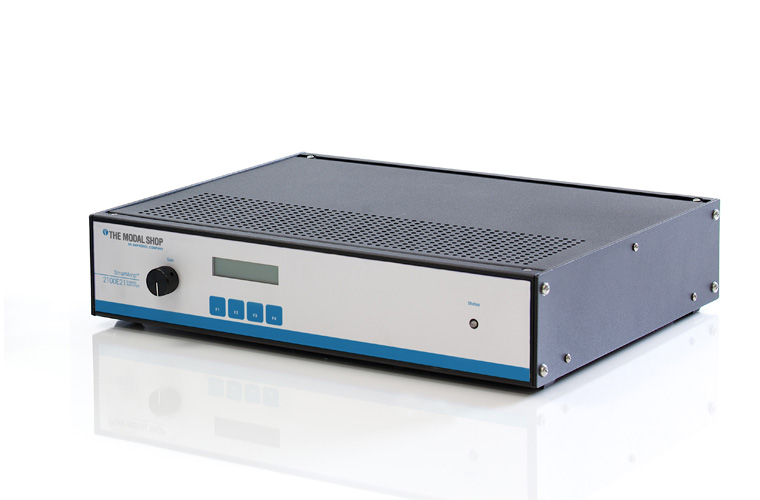Main Menu
- Home
- Product Finder
- Calibration Systems
- Calibration Services
- Digital Sensing
- Industrial Vibration Calibration
- Modal and Vibration Testing
- Non-Destructive Testing
- Sound & Vibration Rental Program
- Learn
- About Us
- Contact Us
One question that frequently comes up with calibration systems is "how do you calibrate the calibration system?" This article explores the typical system components, answers the question of whether they need to be calibrated, and provides details as to why.
Reference Standard?
Yes. The reference standard makes up the cornerstone of vibration calibration traceability. The output of the reference sensor calibration is expressed in mV/m*s^-2 (or mV/g for us non-native-metric-system users), meaning that the reference standard traces to three of the seven SI base units of measure (second, Ampere and meter).
Shaker/Exciter?-product-1.jpg?Status=Master&sfvrsn=2daa56e5_0)
No The shaker/exciter simultaneously applies an input to the reference standard (known) and test article (unknown). Traceability is therefore accomplished through the reference standard; however, it is advisable to occasionally confirm performance for certain aspects of the exciter (particularly ones that can affect the uncertainty of the measurement (such as transverse motion).
Amplifier?
No The amplifier simply amplifies the excitation signal to drive the shaker and create motion. This motion is measured by the reference standard which establishes traceability. Furthermore, the amplifier will not impact the uncertainty of the measurement unless the measurement technique being employed, such as RMS, is sensitive to distortion, hum or noise.
Signal Conditioner for the Test Sensors?
Yes The signal conditioner for the test sensors can gain or attenuate the signal and therefore must be characterized. Furthermore, some signal conditioners are converting the measure from one form to another (like a charge mode conditioner which converts pC to mV). These conversion factors must be known to convert the output measured by the data acquisition system (Volts) back to the native output of the sensors.
Data Acquisition System?
Yes When calibrating accelerometers using the comparison method (ISO 16063: Part 21, 2003) the ratio of the outputs from the test and reference sensor are of interest. The data acquisition system is a critical component in measuring the outputs of both the test sensor and reference standard for calculation of sensitivity.
Signal Generator?
No. The signal being generated is amplified by the power amplifier and drives the shaker to create motion. This motion is measured by the reference standard which establishes traceability. As with the amplifier, the signal generator will not impact the uncertainty of the measurement unless the measurement technique being employed is sensitive to distortion, hum or noise.
While this list is not all-encompassing, it covers the system components found in the majority of calibration systems. For hardware not on the list, the need to calibrate or periodically test can usually be determined by asking these two questions:
1) Is this device part of the measurement chain?
2) Can the performance of this device affect the uncertainty of the measurement?